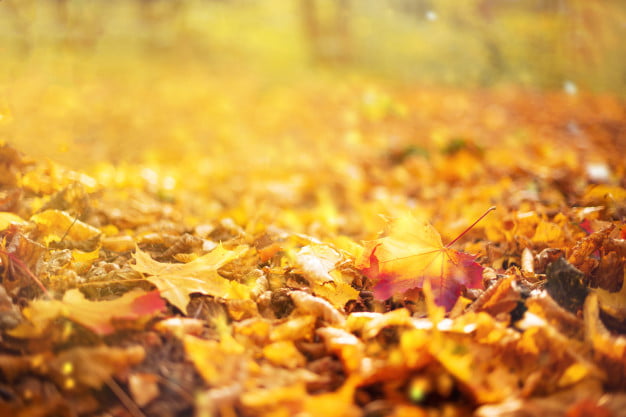
When Leaves Start to Fall
Come Fall, many homeowners begin their yearly bucket list of Autumn maintenance on their houses and property. From raking leaves to cleaning gutters there is a vast assortment of duties required to keep a home in prime condition; especially before the extreme cold of winter sets in.
One common mistake most homeowners make, however, is pruning their foliage during this time.
Contrary to belief, Fall is one of the worst times to trim back branches on trees and many shrubs/bushes.
What Happens When it Gets Cold?
During the colder months, foliage focuses their energy on maintaining their root systems, not on growth. This means that any open cuts will not heal properly and cause distress to the plant, causing it to struggle over the winter months.
This could result in failure to thrive the following Spring and even death in the plant over the winter.
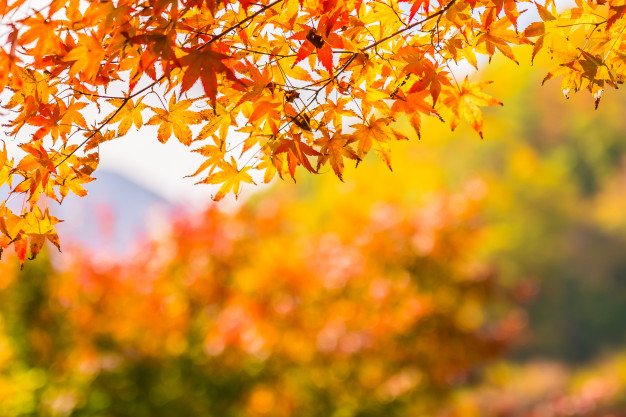
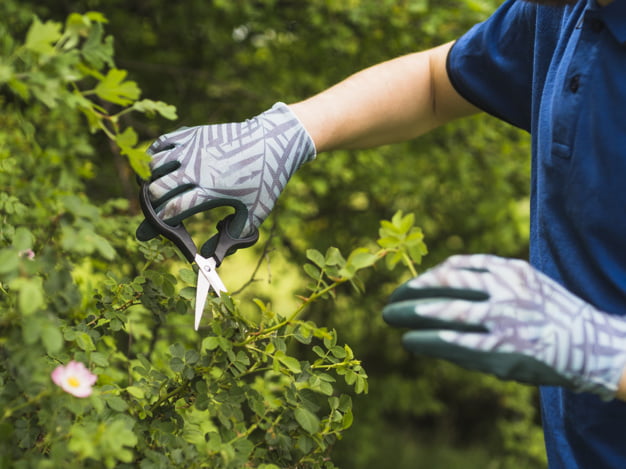
Is Anything Safe to Trim Back?
Landscapers tend to disagree on this.
Some will say any perennial that loses its foliage and grows back each Spring is safe to cut down.
Plants such as Peony’s, Brown-Eyed Susan, Cone-Flowers, Basket Flowers, Salvia, and any perennials of that nature typically won’t be affected by pruning in the Fall.
Leave Plants Be
However, others encourage homeowners to leave these plants alone until at least midwinter, after the frost has hit.
In addition, many animals struggle to find food during the winter months, so consider leaving the stalks as a food source for them during particularly scarce times.
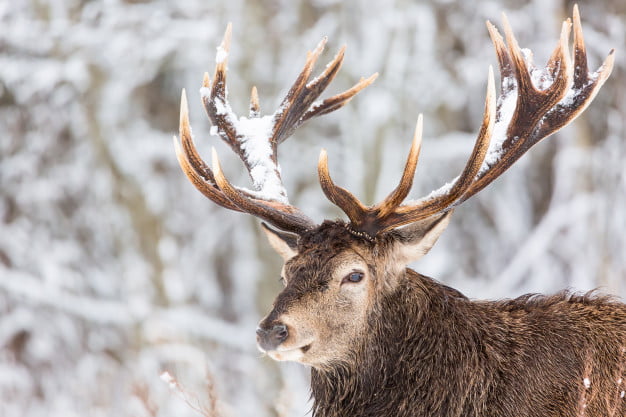
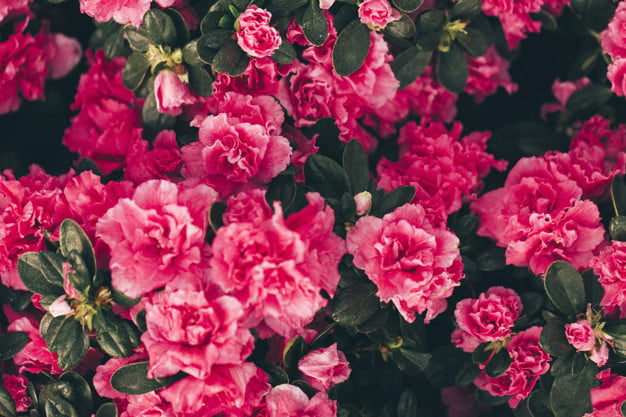
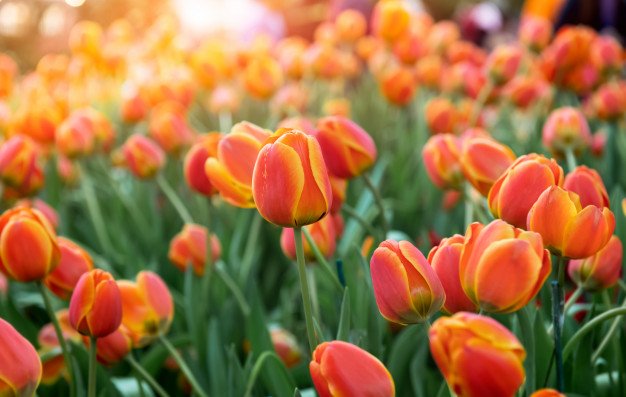
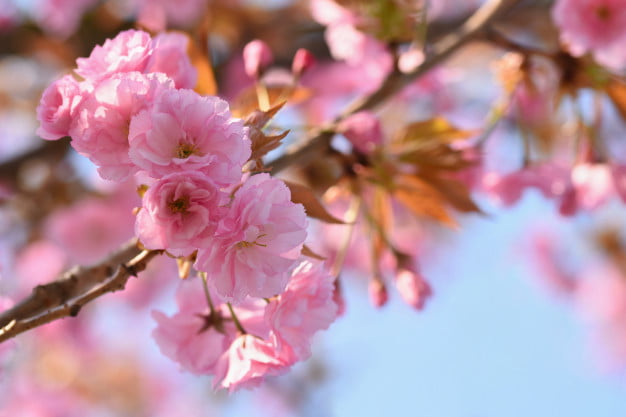
Wait Until Spring
What everyone DOES agree on is simply waiting until Springtime to do your pruning.
Even then there are a few guidelines to follow.
